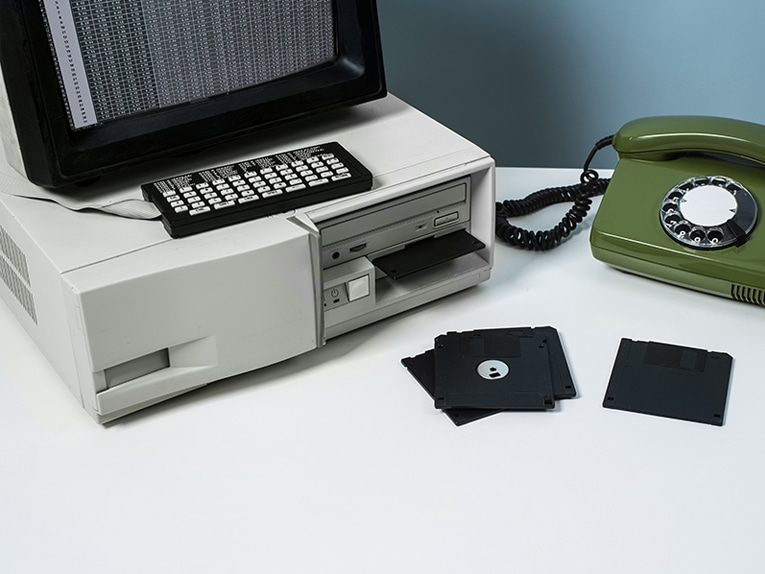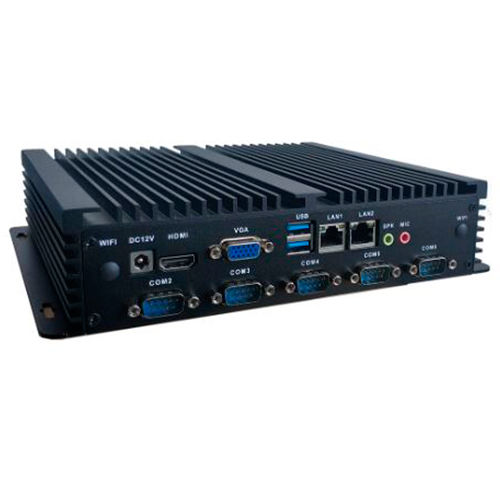
#Product Trends
What are computer generations?
From baby boom to generation Z in computer technology
Do you want to know what the generations of computers are and how the changes that have taken place since the appearance of the first PCs up to the present day have revolutionised the way we live, work and communicate? We tell you how this evolution has taken place over time.
When we talk about a generation in terms of people, we do so to include those people who were born in the same period of time and have received similar education, cultural and social influences. With this concept in mind, computer generations refer to the stages of technological development that computers have undergone from their inception to the present day. Computers that have been developed at the same stage, for example, belong to the same generation.
In this new blog post, we will try to explain what generations are and how many stages we can distinguish today.
GENERATIONS OF INDUSTRIAL PCS
Based on the electronic components used in PCs, the programming language used, the size and speed they reach, and the applications they can perform, we can distinguish five generations of industrial computers.
- First generation (1946-1956): in this stage, computers were characterised by being large electronic machines that occupied entire rooms, as they used vacuum tubes, which were large, to process information and were programmed in machine language, the most basic and difficult to understand. Examples of this generation are the ENIAC and UNIVAC.
- Second generation (1956-1963). With the appearance of the first transistors, computers became smaller, faster, more reliable and energy efficient. Memory capacity was expanded, and input and output devices such as keyboards and printers were incorporated. Also, high-level programming languages such as COBOL or Fortran were developed.
- Third generation (1964 - 1971). Transistors were replaced by integrated circuits which allowed the manufacture of smaller and more affordable computers. In addition, their speed and power were improved. Programming languages such as BASIC were developed. The use of computers in various sectors such as education, medicine and industry diversified. IBM is the most prominent example of this generation. The beginning of graphical user interfaces also ushered in a more user-friendly era.
- Fourth generation (1971-1980). The highlight of this era is the emergence of microprocessors, which are integrated circuits containing all the elements of a computer on a single chip. This allowed the miniaturisation and democratisation of computers, which became personal, portable and mobile. The most advanced and versatile programming languages such as C, Java and Python were developed. Technologies such as the mouse, hard disk, RAM, CD-ROM, USB, internet, wifi and bluetooth were incorporated. Examples of devices created in this generation are the Apple II, the IBM PC, the Macintosh and the iPhone.
- Fifth generation (1980-present). In this current era, PCs are characterised by being faster, smaller and more powerful. It is also the era of machine learning, global connectivity and artificial intelligence, which is currently experiencing its greatest explosion.
THE FUTURE OF TECHNOLOGICAL INNOVATION
The evolution of PCs and computing continues with the development of quantum computing, virtual reality, the Internet of Things and Artificial Intelligence.
In conclusion, the generations of computers have taken us from the huge PCs of the first generation to today's ultra-fast and powerful devices. Each phase has contributed to today's technological advances. And it is not over yet. We look forward to what the development and application of artificial intelligence, in particular, can offer us.
At EOS Group Iberica, we are constantly evolving to offer you the latest in industrial technology. Our industrial components are designed to boost the performance and efficiency of your systems.







